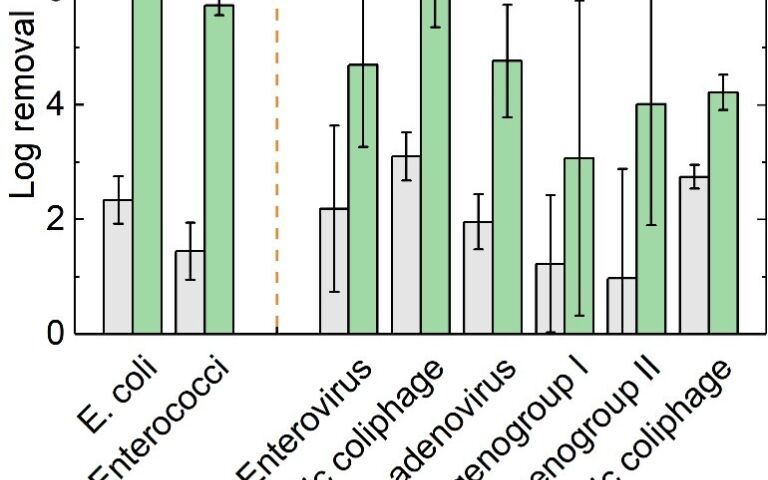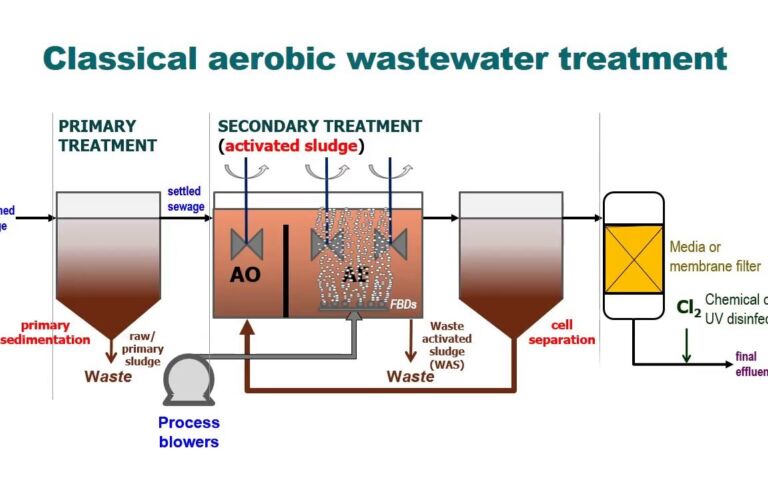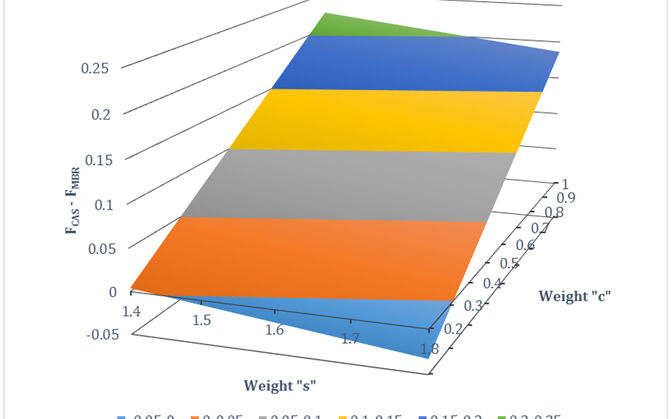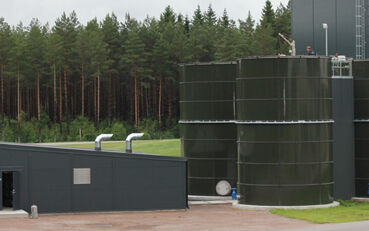What are the advantages of MBRs?

What are the advantages of MBRs?
It's generally acknowledged that membrane bioreactors have a number of advantages over other wastewater technologies − although this is not to say they are always the right choice and there are a number of factors to take into consideration. But, in general terms, MBRs:
- allow uncoupling of the HRT and SRT
- produce a high quality effluent
- have a small footprint
- provide better biotreatment.
Uncoupling HRT and SRT
A significant advantage of the membrane bioreactor process is that the biological solids (mixed liquor or sludge) are completely retained in the bioreactor. This means the solids retention time (SRT) in the bioreactor can be controlled independently from the hydraulic retention time (HRT).
This is different from the CAS process where the flocculant solids (‘flocs’) that make up the biomass have to be allowed to grow in size to the point where they can be settled out in the secondary clarifier. In a CAS, the HRT and SRT are therefore coupled, since the floc size and therefore its settlability relate to the HRT: increasing the HRT increases the amount of time the flocs have to grow in the bioreactor, which then increases their settleability.
The SRT is a key parameter in biological wastewater treatment. Increasing the SRT (or the length of time the biological solids are retained in the bioreactor) increases the concentration of biological solids.
High quality effluent
The small pore size (<0.5 µm) of the membrane means that the treated effluent is of very high clarity and significantly reduced pathogen concentration compared with the CAS process.
MBR processes provide a substantially clarified and disinfected effluent of high enough quality to be discharged to sensitive receiving bodies or to be reclaimed for applications such as urban irrigation, utilities or toilet flushing. It is also of high enough quality for feeding directly to a reverse osmosis process.
Small footprint
The retention of the solids in the reactor and the increase in SRT to generate higher biomass solids concentrations impacts on the plant footprint. The increased concentrations mean that the same total mass of solids is contained in a smaller volume, so the footprint is smaller.
Better biotreatment
Lastly, the longer solids retention times tend to provide better biotreatment overall. The conditions encourage the development of the slower-growing micro-organisms, specifically nitrifiers. MBRs are especially effective at the biological removal of ammonia (‘nitrification’).
While MBR technology is not always the best wastewater treatment solution − it can sometimes be more expensive than other solutions, for example − MBRs are increasingly becoming the technology of choice for water and wastewater applications where high quality treated water is required, or where space is limited.
MBRs have now been implemented in more than 200 countries and global market growth rates of up to 15% are regularly reported in various market analyses. Confidence in the process still appears to be increasing as the number and size of reference installations grows further, with a number of plants over 100 MLD in capacity (expressed as peak daily flow) now having been installed.
Although the market is still dominated a few established global players, the number of technology suppliers continues to expand. Similarly, the technology itself continues to undergo development, with over 70 MBR membrane module products available on the market today.







